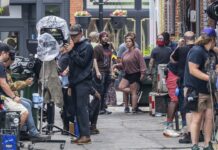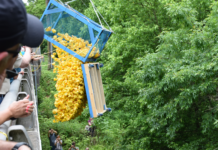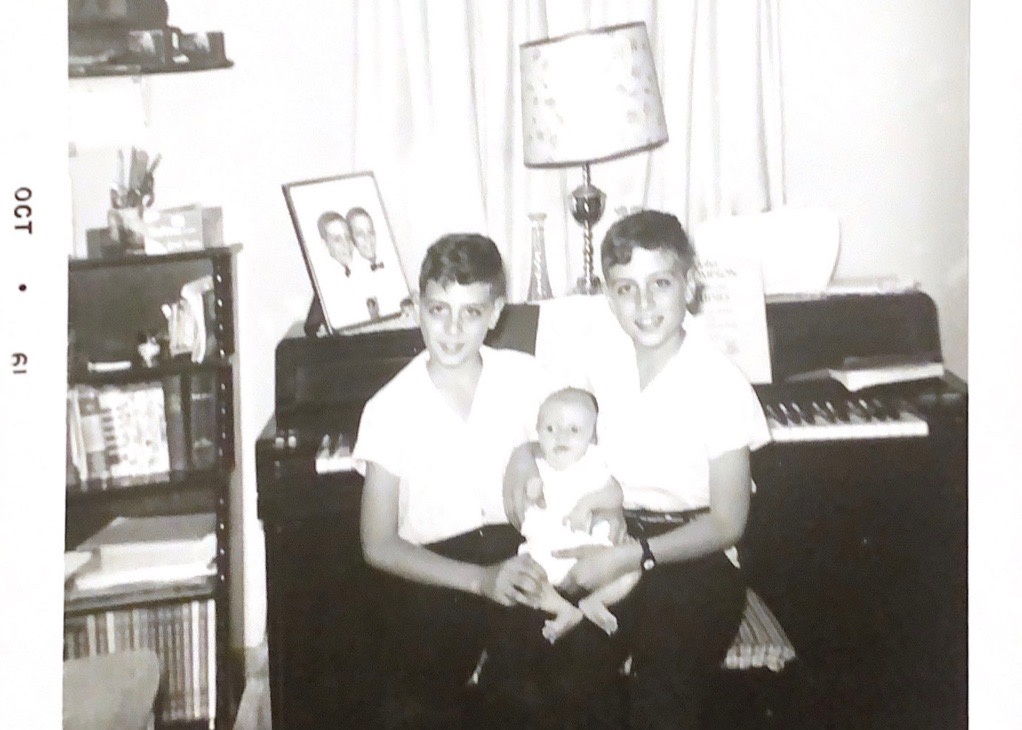
When twin brothers Glenn and Lynn Smith found the old camelback trunk full of secrets in the grandmother’s attic, they were only about ten years old. They asked about the things they found and were told that it was none of their business. Not only that, there seemed to be a cone of silence around everything in the trunk. They had to let their curiosity go about the thing they had found in the trunk.
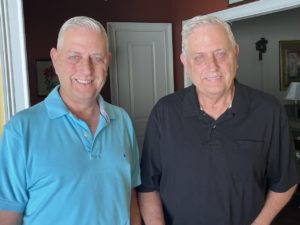
It wasn’t until the brothers had retired from their careers as special education teachers that their interest was re-ignited.
As they began genealogical research on their family tree, they began to uncover things about their family that didn’t make sense. And, then they began to find more secrets and questions about their family. The more research they did, the more they realized how much they hadn’t known about their family’s history. Plus, they discovered the hidden secret the family had been unable to talk about.
Their findings led to the writing of a book, WASH: A Banks County Tragedy. What they found not only shined a light on the past, but uncovered a story of murder, the possible bribing of local law enforcement, and the execution by electric chair of their cousin Wash Smith.
Wash was only 21 at his death.
Finding Wash Smith
The first time Glenn and Lynn heard about Wash Smith was when they found a sheet of paper in that old trunk of their grandmother’s with four newspaper articles taped to it.
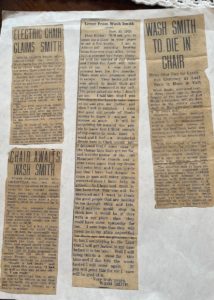
The paper had turned yellow with age. Almost sixty years later, as they began searching their family tree, the name they had read in the headlines on that paper turned up again – Wash Smith. Intrigued by seeing that name again, the brothers began to search deeper. In fact, Glenn Smith followed one clue to the next, and one old newspaper account to find the next twenty articles.
Wash Smith was the son of their grandmother’s sister. At nineteen, he was seeing a local girl and was in love, and he was working as a guard on two moonshine stills located in Banks County. He worked for Jud Wells, who was more than twenty years older than Wash, and ran the moonshine business, a working farm, and the local grocery.
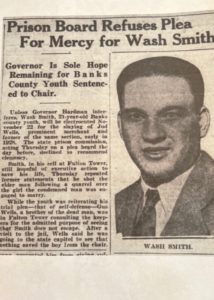
It all seems to be innocuous enough until the afternoon when Wash took the shotgun he always carried, aimed it at Jud who was just feet away and pulled the trigger. The blast hit Jud in the throat and he slumped forward. Wash then pulled the trigger again, this time taking out much of Jud’s head.
Wash always claimed he shot Jud in self-defense. Glenn and Lynn found evidence that Wash did act in immediate danger. Why then, did Wash go to the electric chair? That is the question that Glenn and Lynn’s book attempts to answer.
Wash had two trials and one hearing. According to the court records Glenn obtained from both trials, witness statements changed from one trial to another. One important witness was never available to testify. She was kept in hiding in one location or another to avoid being called to the stand.
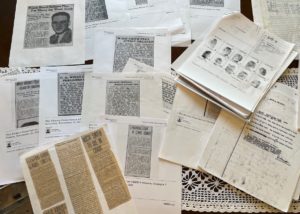
According to Glenn’s research, both brothers are convinced that Wash never had a chance to truly defend himself. Glenn explains, “Wash was doomed from the moment of the killing to go to the electric chair.”
The story is riveting. The look into the judicial system in the late 1920s is also fascinating. And for the first time since he was executed in 1930, Wash Smith has been given a voice.
An anecdote from the book
Much of the book covers events that took place in Banks County and at Mountain View Baptist Church in Cornelia. The church and its cemetery are located east of Cornelia off Hwy 105.
The church was the site of Wash Smith’s funeral after his execution. It was an old wood-framed building on stone blocks. On the day of the funeral, the church was crowded beyond what the building could hold. Extra chairs were brought in. People sat on the floor and on window sills. The rest of the people who could squeeze into the building had standing room only, and the windows were opened so people could hear what was being said from outside.
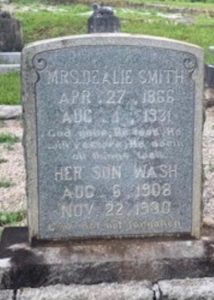
Unfortunately, the building’s foundation could not withstand the load. At the end of the service, the building began to groan and then shake before the bottom gave way, dropping the floor and all the people inside four feet down. It took a while for the dust to clear and for people to calm down before the burial could take place. Wash was buried in the same grave as his mother would later be buried. It’s still there today.
Obtaining a copy of the book

Glenn and Lynn worked together on the book, Glenn did the majority of the research and Lynn did the majority of the writing. Locally, the book has been well received. Reviews on Amazon have been positive. Several are from people who remember the case but never knew the details. One wrote, “I felt like I was right beside Wash every step of the way. Many names in this hit home.” Several others point out how well researched and historically accurate the book is.
The book can be ordered on Amazon. The Smith brothers have two book signings scheduled next month.
On Friday, September 16th, the brothers will be at the Chattahoochee Mountain Fair at the Habersham County fairgrounds in Clarkesville, Georgia.
On Labor Day weekend September 2-4, the brothers will be in front of the old Banks County Courthouse at the Homer Labor Day Festival.
At both events, the brothers will be on hand to greet the public, sign books, and answer questions about the family mystery that is a mystery no more.




